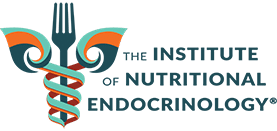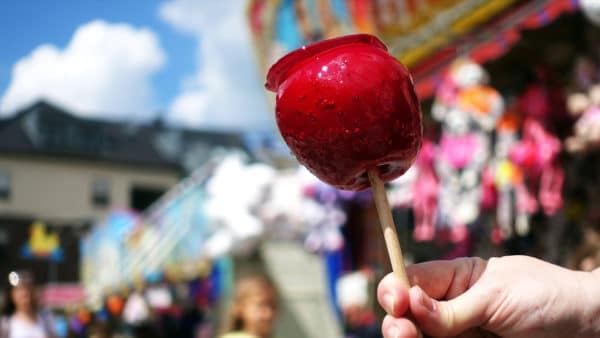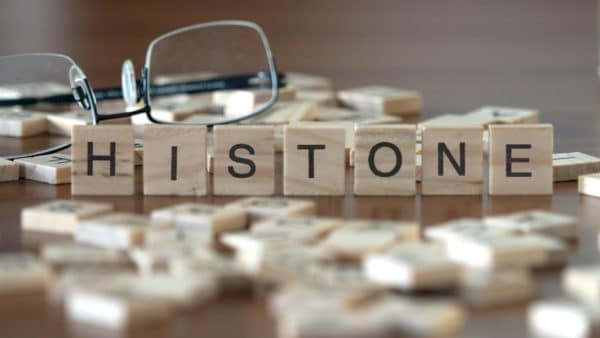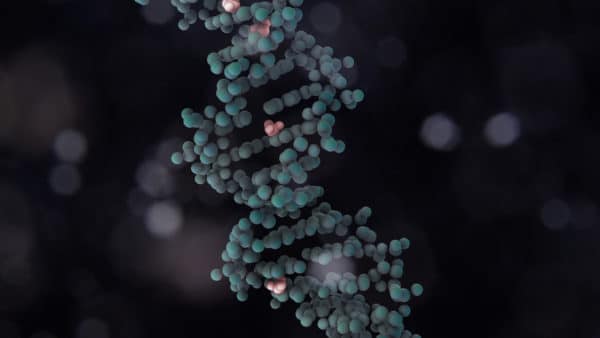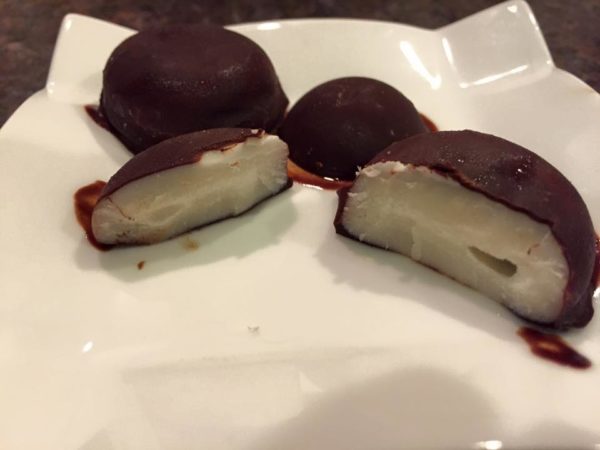
[et_pb_section admin_label=”section” transparent_background=”off” allow_player_pause=”off” inner_shadow=”off” parallax=”off” parallax_method=”off” padding_mobile=”off” make_fullwidth=”off” use_custom_width=”off” width_unit=”on” make_equal=”off” use_custom_gutter=”off”][et_pb_row admin_label=”Row” make_fullwidth=”off” use_custom_width=”off” width_unit=”on” use_custom_gutter=”off” padding_mobile=”off” allow_player_pause=”off” parallax=”off” parallax_method=”off” make_equal=”off” column_padding_mobile=”on”][et_pb_column type=”4_4″][et_pb_post_title admin_label=”Post Title” title=”on” meta=”on” author=”on” date=”on” categories=”off” comments=”on” featured_image=”on” featured_placement=”below” parallax_effect=”on” parallax_method=”on” text_orientation=”left” text_color=”dark” text_background=”off” text_bg_color=”rgba(255,255,255,0.9)” module_bg_color=”rgba(255,255,255,0)” title_all_caps=”off” use_border_color=”off” border_color=”#ffffff” border_style=”solid”]
[/et_pb_post_title][et_pb_text admin_label=”Text” background_layout=”light” text_orientation=”left” use_border_color=”off” border_color=”#ffffff” border_style=”solid”]
As the Thanksgiving holiday approaches here in the US, I thought it might be fun to take a look at what 
You might be surprised, no matter what pictures like this depict, to find out that there likely wasn’t a turkey featured as the main attraction; there were no potatoes – mashed or sweet – and definitely no pumpkin pie!
So what did the colonists and their guests eat during that initial Thanksgiving celebration? It must have been healthy, right? Certainly no processed foods, no GMOs, no artificial flavorings or toxic manmade chemicals! I was curious, so did a little research. Here is what I found out.
The early colonists had to eat what was available
They didn’t have many of the food supplies left that came over with them on the Mayflower. Perhaps they still had some spices such as cinnamon, cloves, ginger, pepper, and nutmeg. But they were likely low on sugar, oils, flour, and other cooking materials they had brought with them.
I imagine there was no refrigeration. The colonists had to continually hunt and cook, and eat food before it went bad. The preservation techniques they used leaned more towards sun-drying and smoking.

Fishing, too, had been difficult for the colonists, as many didn’t know how to do it. Even though there was a multitude of shellfish in the area, the pilgrims didn’t embrace shellfish when first introduced to it. In fact, it is believed that they initially fed lobster and mussels to their farm animals, thinking it was of such poor quality!
So what DID they eat?
Different people believe slightly different things about that initial meal. Well, actually, it wasn’t even a meal. It was a 3 day gathering of about 50 pilgrims and about 90 of the Wampanoag people. Most historical accounts of what was eaten come from early letters of the colonists.
Turkey wasn’t the centerpiece
Many historians believe that if turkey was served during the Thanksgiving feast, that it was likely not the center 
Seafood was a major part of the meal
The Wampanoag people taught the pilgrims how to fish, so seafood became a staple. At that time of the year, bluefish, cod, and striped bass would have been abundant in local waters, so it appears the pilgrims were getting some good Omega-3 fats.
The meal featured wild venison
While the pilgrims had brought domesticated animals from England, such as sheep, cows, and chickens, those animals had likely not increased yet in enough numbers, so were probably not being eaten. The milk from cows was also not used for drinking, but was used for making butter or cheese. The wild animals were deer, rabbit, squirrels, and whatever they could hunt or trap. We know that deer was definitely served at Thanksgiving as Edward Winslow, a colonial leader, wrote in a letter at the time that the Native Americans brought five deer to the feast.
No type of potato was served
Although potatoes had been introduced to Europeans by the Spanish in the late 1500’s, they had not become popular enough to be loaded aboard the Mayflower.
Nuts were a staple
Available nuts were chestnuts, walnuts, and beechnuts, all healthy fats, anti-inflammatory, and rich in anti-oxidants!)
Green veggies weren’t plentiful
They may have had green beans and spinach. Maybe my first order of business would have been to make sure that dark green leafy vegetables were planted.
Corn was served, but not on the cob! And not sweet!
The Wampanoag people taught the pilgrims how to grow their multi-colored flint corn. In fact, some historians say that the pilgrims initially stumbled across, and perhaps even took stores of, the native people’s corn which had been put aside for the winter. Whatever the case, corn became a staple of the colonists. This was not the sweet corn on the cob that some of you might enjoy, but was corn that was removed from the cob and crushed into a type of cornmeal. That was boiled and made into a corn mush or porridge. It was also used for baking a type of cornbread.
Beer on tap!
In fact, corn was used from the beginning of English settlement for brewing, both at Jamestown and Plymouth; barley crops often failed, and the cost of importation (even after the settlers stopped dying in such alarming numbers) was prohibitive. The new settlers remained suspicious of the local water, given that few (if any) were accustomed to drinking fresh water. I’m not sure how the local Native Americans took to this beverage, but it must have been OK since they left with the peace truce continuing.
The pilgrims preferred beer over water, which was viewed as unhealthy. Even children drank beer. The distillation process in making the beer likely killed bacteria and parasites.
Yes, there was pumpkin – but not in a pie!
Squash was another successful crop from the pilgrim’s 1621 harvest. Pumpkin, too, was served. It would have been stewed or perhaps made into a kind of cornmeal-pumpkin bread.
How did they eat during their first Thanksgiving feast?
While the pilgrims are thought to have eaten three meals a day, their meal composition was different than current day. Their largest meal was typically eaten during the mid-day and included fish, fowl, or meat, as well as some kind of porridge or bread. The porridge could have included boiled or stewed vegetables. Or a stew might have been served containing meat and vegetables, called pottage. Their supper was usually a small meal, most likely leftovers from their main mid-day meal, referred to as dinner. Breakfast was also a left-over or something small, maybe bread and cheese. Perhaps they knew the value of intermittent fasting?
Did the pilgrims and native inhabitants get that “post-Thanksgiving” tryptophan food coma?
We obviously don’t know, but the big difference between that Thanksgiving and today’s traditional meal (besides less of the tryptophan-intensive turkey and carb-overload that many have) is probably not so much the actual foods as the planning and work that went into the feast, as well as the planning and anxiety that went into thinking about what their family was going to eat next during the long winter months. Today you may spend hours in the kitchen preparing whatever your family’s traditional meal is, but you don’t have to worry about planting, harvesting, fishing, hunting, and the much more elaborate food preparation requirements – all without benefit of refrigeration and appliances, not to mention indoor plumbing and clean water sources!
While we may sometimes feel starved and crave dinner, the colonists spent a good portion of their days thinking and fretting about their ability to continue to feed their family.

But we also have many opportunities to live a healthy lifestyle, including choosing what diet we consume.
I would like to share with you some of the dishes I have made at family Thanksgiving celebrations. We usually celebrate with my husband’s family, so maybe these dishes will be of help to you as you create some new tasty favorites for your gathering, as well.
As you ponder on what these early settlers would be thankful for in this first celebration, I encourage you to create your own appreciation journal. If you would like to see mine, here is an example. Share in the comments below what you are thankful for at this time of year.
Photo credits: Pilgrims’ First Thanksgiving courtesy of Smithsonian; Pilgrim Mom and Son courtesy Plimoth.org; Mayflower courtesy Plimoth.org
[/et_pb_text][/et_pb_column][/et_pb_row][/et_pb_section]
Share this:
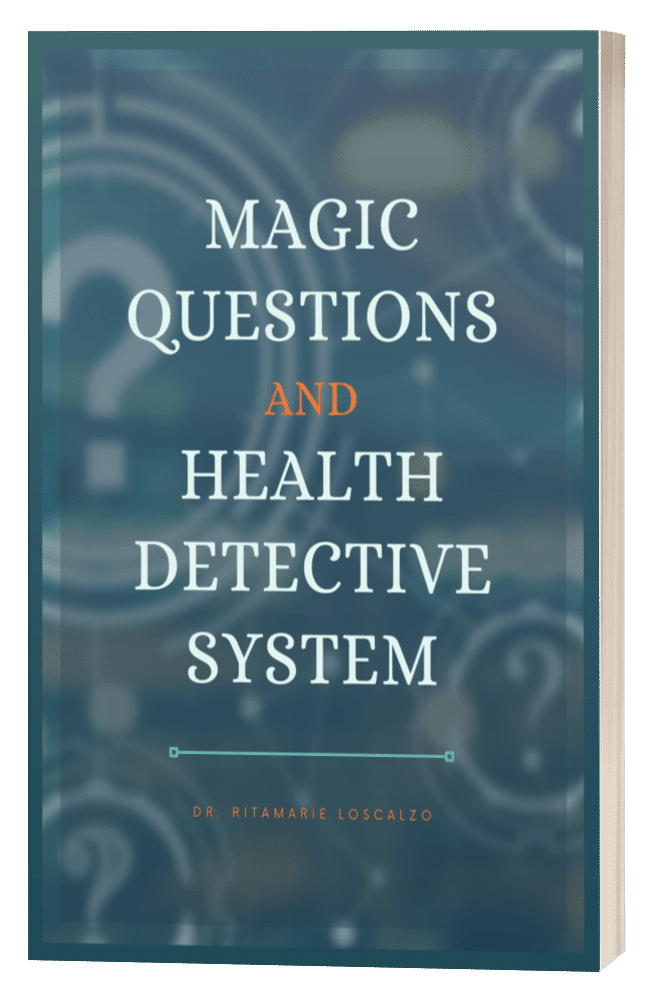
Are you feeling stuck?
Do you feel as if something is missing from your practice that's keeping you from delivering breakthrough outcomes for your clients?.
Recent Posts
Our Programs
Nutritional Endocrinology Practitioner Training (NEPT)
The Mastery and Certification tier is our flagship program and provides everything you need to feel confident as a practitioner who knows how to get results that lead to healthy and happy clients.
Functional Assessment Mastery
Explore the relationships between the most important hormones and their relationship with nutrition.
Functional Nutrition Mastery
Learn how to support your clients to eat and supplement in a way that reduces and eliminates chronic symptoms.
Medical Disclaimer: The information on this website is not intended to replace a one-on-one relationship with a qualified health care professional and is not intended as medical advice. It is intended as a sharing of knowledge and information from the research and experience of Dr. Ritamarie Loscalzo, drritamarie.com, and the experts who have contributed. We encourage you to make your own health care decisions based upon your research and in partnership with a qualified health care professional.
Disclosure: Sometimes (but not always), when I share resources in my programs, newsletter, and on my website, I'm using an affiliate link, which means I do make money if you buy. My credibility is extremely important to me; therefore, I only endorse the products, services, and people I believe in. DrRitamarie.com is independently owned and the opinions expressed here are my own.
Click here to see our Privacy Policy.
